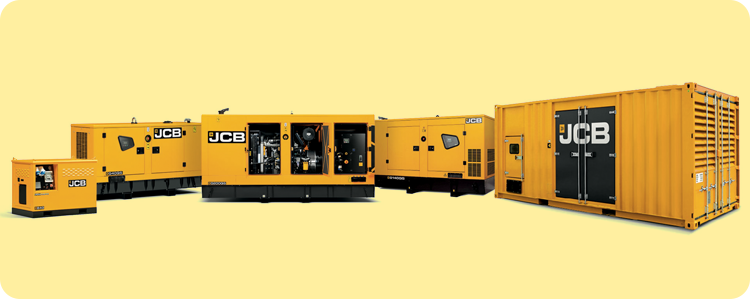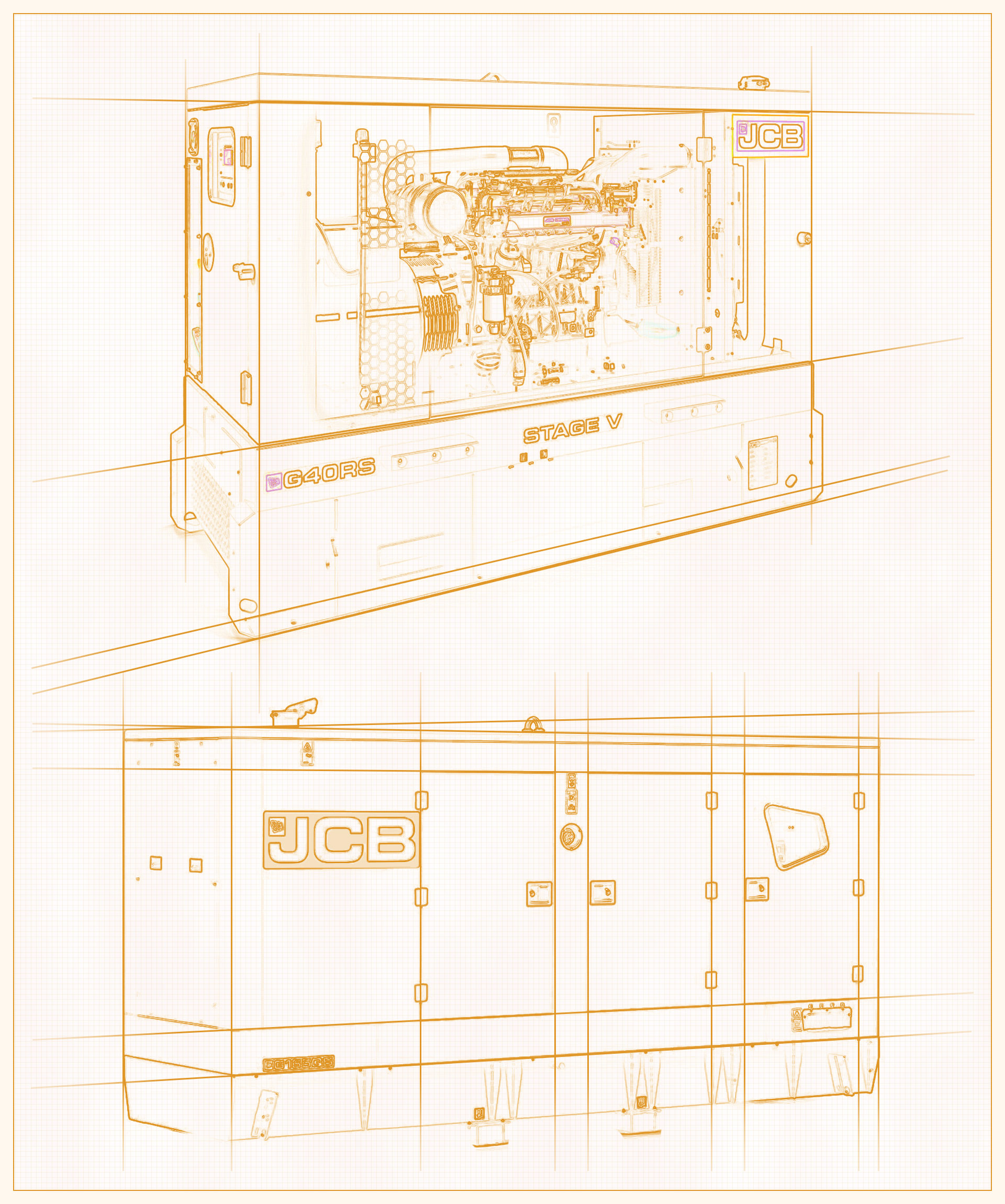Like 2021 and 2022, 2023 will still be a year of transition in the mobile power solutions market. Not only the general regulation with respect to emissions specifications of generators (ie. The move to Stage V) but also region-specific emission norms, permits of use of certain equipment on certain projects, public procurements criteria and other top-down initiatives impact the use of mobile generator solutions.
At AVIServ we see two definitive trends that are already in action. Firstly a Change in mentality in using Stage V solutions and secondly a shift towards Hybrid solutions.

1. Change in mentality
The Change in mentality we see is caused by the technical features and limitations of Stage V equipment, and their sensitivity to under-loading.
Most users (rental customers, inland shipping owners, construction companies, …) are moving from a tendency to over-dimension their genset ‘just to be safe’ to a more focused approach.
Moreover, rather than over-dimensioning to accommodate a rare peak in usage (eg. start of a pump) customers consider linking two or more smaller sets, which switch on on an as needed basis. This has an additional benefit that the smaller the set, the less prone to Stage V – related technology issues these are. There can for example be clear benefit in using two 18kVA sets rather than a 30 or 40 kVA kVA.
Our brands, prominently among them JCB Power, offer proven solutions which have been in the field for years in the meantime, to guarantee maximum flexibility such as internal load bank and dependable exhaust treatment technologies.

2. Hybrid solutions
Hybrid Solutions must be a part of the thought process when procuring a mobile power setup. First and foremost, a diesel – electric setup is often a good and economical solution. Different options are possible, but the main power provider is then a UPS such as a JCB Power Pack, but also bespoke, fixed UPS’s can be delivered depending on the needs.
The Power Pack / UPS is recharged by a Generator as and when it drops below a certain power level. Moreover, where there is a need, a steering can be set up that combines the loads of the UPS and Generator when there is a peak power need.
The benefits of such a setup are plenty:
- Optimized fuel usage
- Optimized maintenance costs as the genset is always used at the right load
- Shipping: Optimized use of shore-power and residuary power of the main engine
- Noise limitation (UPS can be set up to always be full by a certain time of the day, expanding the active hours on a construction site or maintaining peace & quiet on a ship during the night)

